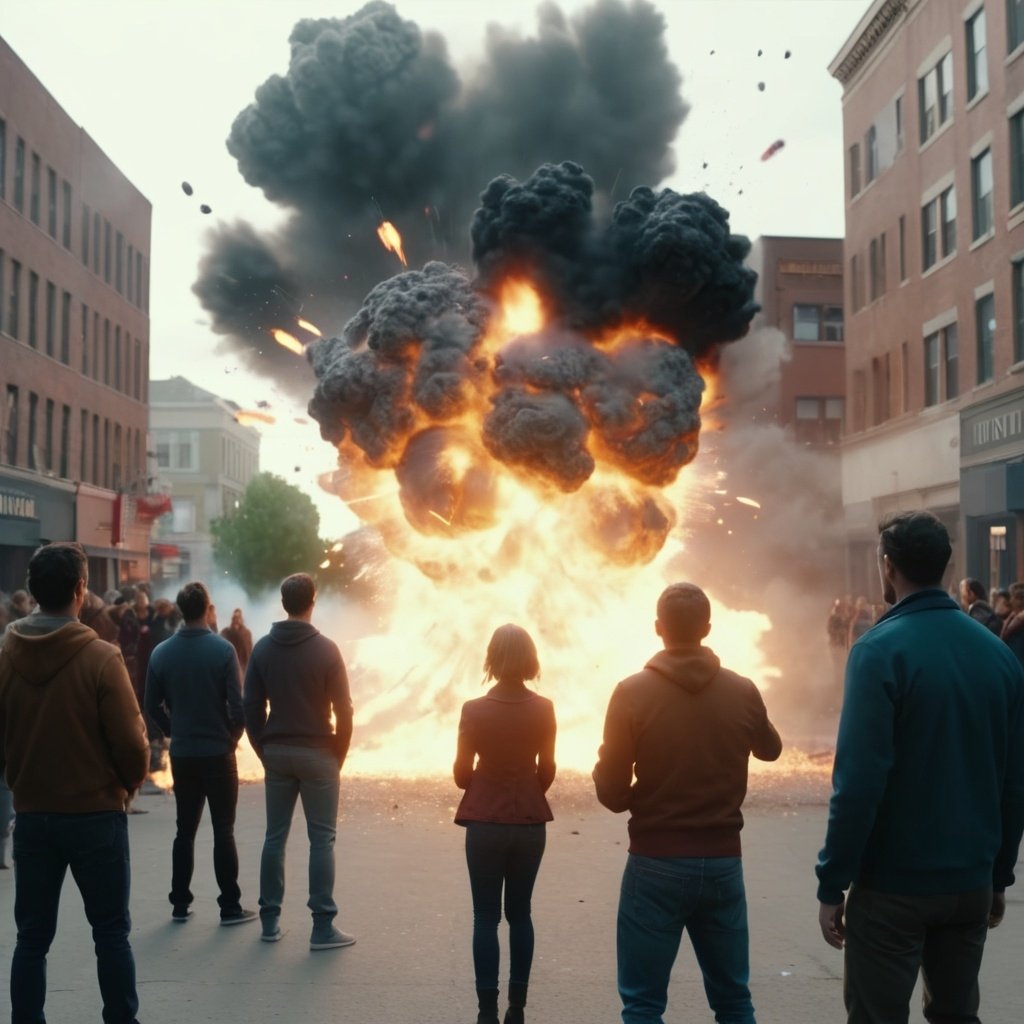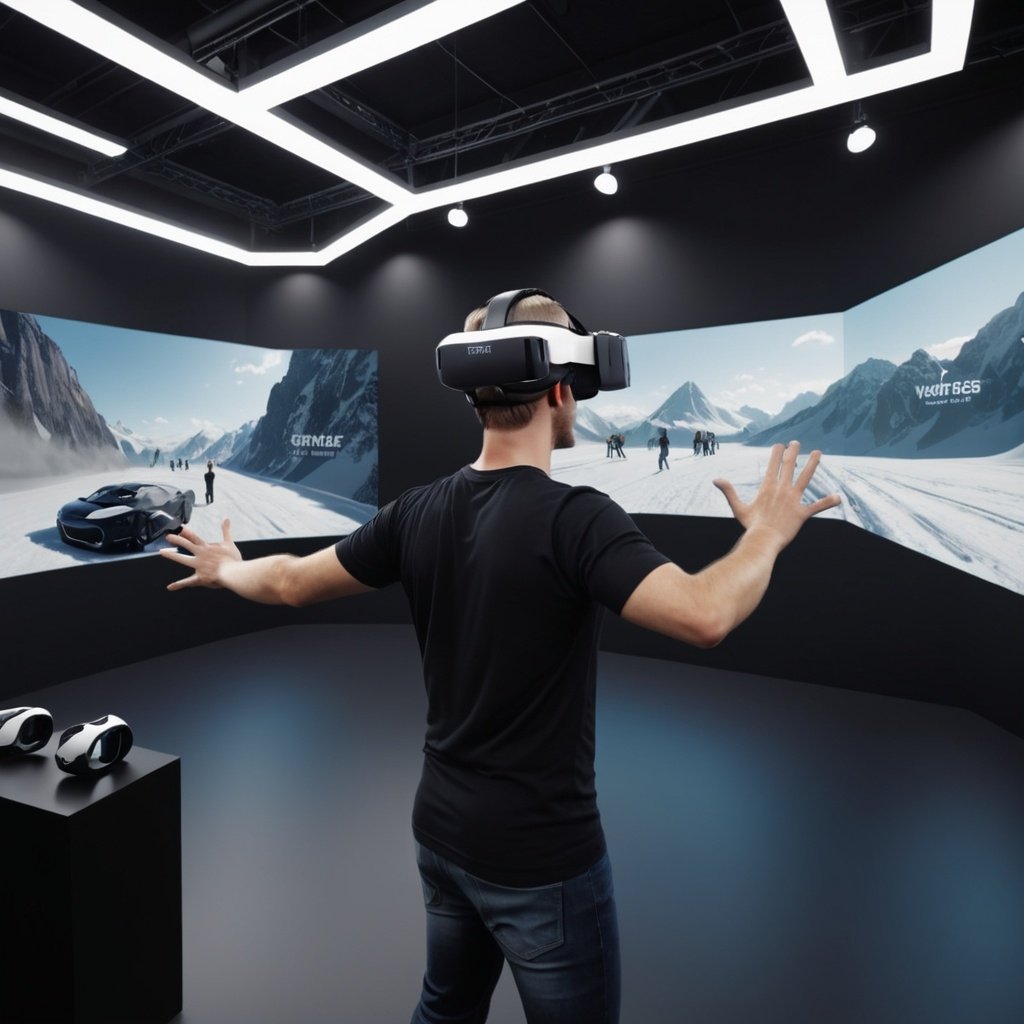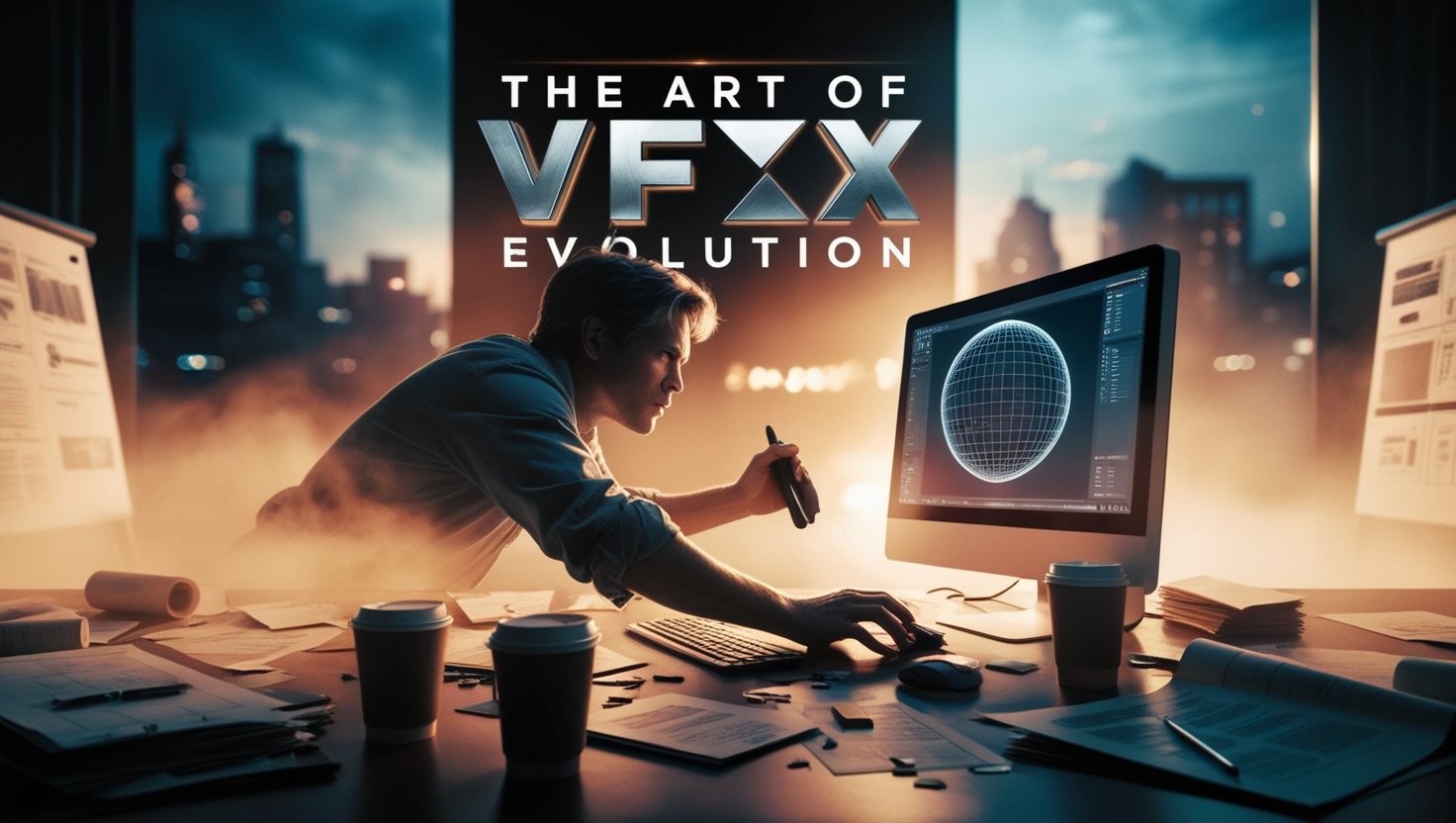In 2024, VFX (Visual Effects) have become an indispensable tool in corporate storytelling. Once relegated to blockbuster films and high-budget commercials, VFX is now playing a pivotal role in crafting compelling corporate narratives. From enhancing brand identity to engaging audiences in novel ways, VFX offers a range of creative possibilities that are transforming how companies communicate their stories. This blog explores why VFX is becoming essential in corporate storytelling, highlighting its benefits, applications, and future trends.
The Evolution of Corporate Storytelling
Traditional Corporate Storytelling
Historically, corporate storytelling involved static presentations, print media, and straightforward video content. While these methods were effective for conveying information, they often lacked the dynamic and engaging elements needed to captivate modern audiences. Traditional storytelling relied heavily on verbal and written communication, with limited scope for immersive experiences.
The Shift Towards Visual Storytelling
In recent years, there has been a significant shift towards visual storytelling. Companies have recognized the need to create more engaging and memorable content to stand out in a crowded market. This shift has been driven by the rise of digital media and the increasing expectations of audiences for visually rich and interactive experiences.
VFX, with its ability to create visually stunning and immersive content, has become a key player in this transformation. By incorporating VFX, companies can elevate their storytelling from basic narratives to captivating experiences that resonate with audiences on a deeper level.

The Growing Role of VFX in Corporate Storytelling
Creating Immersive Brand Experiences
One of the primary reasons VFX is becoming essential in corporate storytelling is its ability to create immersive brand experiences. VFX allows companies to craft visually spectacular environments and scenarios that align with their brand identity. This level of immersion helps to capture the audience’s attention and create a lasting impression.
For example, companies are using VFX to design virtual environments that showcase their products or services in a highly engaging manner. By creating 3D models, animated sequences, and interactive elements, brands can offer a unique and memorable experience to their audience. This approach not only enhances brand recognition but also builds a stronger emotional connection with the audience.


Enhancing Product Demonstrations
VFX is also playing a crucial role in enhancing product demonstrations. Traditional product demos often rely on live-action footage, which may not fully capture the product’s features or functionality. VFX provides a solution by allowing companies to highlight their products’ key attributes in a visually compelling way.
For instance, automotive companies are using VFX to create dynamic car commercials that showcase their vehicles’ design, performance, and technology. By incorporating animated graphics and visual effects, these commercials can demonstrate features that might be difficult to showcase through traditional filming techniques. This approach helps potential customers better understand the product and its benefits, leading to increased interest and sales.
Storytelling Through Data Visualization
Another area where VFX is making a significant impact is data visualization. In an era where data-driven decision-making is crucial, presenting complex information in an easily digestible format is essential. VFX enables companies to transform data into visually appealing and interactive graphics that enhance understanding and engagement.
Data visualization through VFX can turn raw numbers and statistics into dynamic charts, graphs, and animations. This not only makes the information more accessible but also adds an element of creativity to corporate presentations and reports. By using VFX to visualize data, companies can communicate insights more effectively and make their storytelling more impactful.
Creating Engaging Corporate Videos
Corporate videos are a powerful tool for communicating a company’s message, values, and vision. VFX can significantly enhance these videos by adding visual flair and creative elements that capture the audience’s attention. From animated logos to visually striking transitions, VFX helps to create videos that are not only informative but also entertaining.
For example, companies are incorporating VFX into their corporate videos to create engaging intros, transitions, and visual effects that complement their messaging. This approach helps to maintain viewer interest and ensures that the content stands out from competitors. By leveraging VFX, companies can produce high-quality videos that leave a lasting impression on their audience.
Case Studies: VFX in Corporate Storytelling
Case Study 1: Apple’s Product Launches
Apple is a prime example of a company that effectively utilizes VFX in its corporate storytelling. The tech giant’s product launches are known for their visually stunning presentations, which often feature high-quality VFX to showcase the features and capabilities of new products. Apple’s product launch events typically include 3D animations, visual effects, and interactive elements that highlight the design and functionality of their devices. This use of VFX not only enhances the presentation but also creates a sense of excitement and anticipation among the audience. By incorporating VFX into their storytelling, Apple reinforces its brand image as an innovative and cutting-edge company. Apple’s Product Launches
Case Study 2: Nike’s Marketing Campaigns
Nike has also embraced VFX to create compelling corporate narratives in its marketing campaigns. The sportswear brand uses VFX to produce visually captivating commercials that showcase athletes, products, and brand values. One notable example is Nike’s “Dream Crazy” campaign, which features powerful VFX sequences that highlight the brand’s commitment to inspiring and empowering athletes. By combining VFX with emotionally resonant storytelling, Nike effectively communicates its message and strengthens its connection with consumers.
Case Study 3: IBM’s Data Visualization
IBM has utilized VFX to enhance its data visualization and corporate presentations. The company’s use of VFX in visualizing complex data sets and trends has helped to make information more accessible and engaging for its audience. IBM’s interactive data visualizations often include animated graphics, dynamic charts, and immersive 3D models. This approach not only simplifies complex data but also adds a creative dimension to corporate reports and presentations. By leveraging VFX, IBM effectively communicates its data-driven insights and reinforces its position as a leader in technology and innovation. IBM’s Data Visualization
The Future of VFX in Corporate Storytelling
Advancements in VFX Technology
As VFX technology continues to advance, its role in corporate storytelling is expected to grow even further. Innovations such as real-time rendering, augmented reality (AR), and virtual reality (VR) are opening up new possibilities for creating immersive and interactive brand experiences. Real-time rendering technologies, for example, allow companies to create high-quality VFX content on the fly, making it easier to produce dynamic and engaging visuals for live events and presentations. Similarly, AR and VR are enabling companies to develop immersive brand experiences that go beyond traditional video content.
The Increasing Demand for Personalized Content
In the future, there will be a growing demand for personalized content in corporate storytelling. VFX will play a crucial role in creating customized experiences that cater to individual preferences and interests. By leveraging data and analytics, companies can use VFX to tailor their storytelling to specific audience segments, enhancing engagement and relevance.
Integration with Artificial Intelligence
Artificial Intelligence (AI) is expected to further enhance the capabilities of VFX in corporate storytelling. AI-powered tools can assist in automating VFX processes, generating realistic visual effects, and optimizing content for different platforms. This integration will enable companies to produce high-quality VFX content more efficiently and at a lower cost.
Conclusion
In 2024, VFX has become an essential element of corporate storytelling. Its ability to create immersive brand experiences, enhance product demonstrations, and visualize complex data has transformed how companies communicate their narratives. As technology continues to evolve, the role of VFX in corporate storytelling will only become more significant. By leveraging VFX, companies can craft visually stunning and engaging content that captures the audience’s attention and reinforces their brand identity. As we look to the future, the continued integration of VFX with emerging technologies will open up new opportunities for creating compelling corporate narratives and driving business success.
Explore our VFX articles
The Future of Virtual Reality: What 2024 Has in Store for Businesses (studioimageworks.com)






